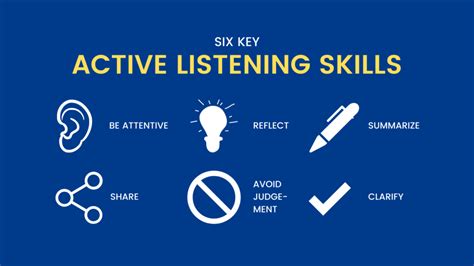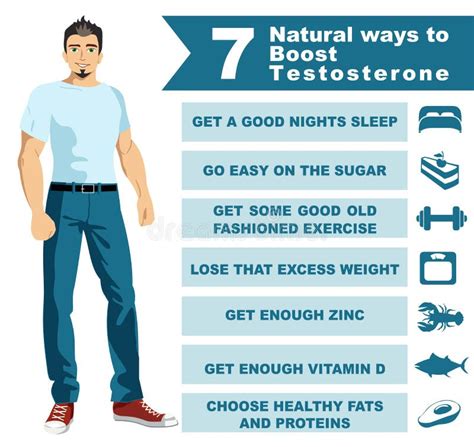Getting stronger, building muscle, and pushing your limits in the gym are rewarding goals. However, the pursuit of these goals often comes with the risk of injury, especially if proper precautions aren’t taken. For men aiming to maximize their fitness potential while staying safe, understanding how to prevent injuries and perfect lifting form is paramount. This guide offers practical, actionable tips to ensure your gym journey is both effective and sustainable.
The Foundation: Warm-up and Dynamic Stretching
Before you even touch a weight, a proper warm-up is non-negotiable. It increases blood flow to muscles, improves joint mobility, and prepares your nervous system for the impending workout.
Why It Matters:
- Reduces muscle stiffness.
- Increases range of motion.
- Minimizes the risk of strains and tears.
Practical Tips:
Dedicate 5-10 minutes to light cardio (e.g., jogging, cycling) followed by dynamic stretches that mimic the movements you’ll be performing. Think arm circles, leg swings, torso twists, and bodyweight squats. Static stretching is best reserved for post-workout cool-downs.

Mastering Form Over Weight
This is arguably the most critical advice. Ego lifting – lifting heavier weights than you can handle with good form – is a fast track to injury. Prioritize perfect technique for every repetition.
How to Achieve It:
- Start Light: Begin with very light weights, or even just your bodyweight, to learn the movement pattern.
- Watch and Learn: Utilize mirrors or record yourself to check your form. Compare it to instructional videos from reputable sources.
- Slow and Controlled: Perform exercises with controlled movements, focusing on the muscle contraction rather than momentum.
- Engage Your Core: A strong, braced core provides stability for almost all lifts.
Remember, a perfectly executed lift with lighter weight is far more effective and safer than a sloppy, heavy lift.

Smart Progressive Overload
Once your form is solid, you need to progressively challenge your muscles to grow stronger. This doesn’t just mean adding more weight every session.
Strategies for Safe Progression:
- Increase Reps: Gradually increase the number of repetitions within your target range.
- Increase Sets: Add an extra set once you can comfortably complete your target reps with good form.
- Increase Weight: When you can hit the top end of your rep range for all sets with perfect form, it’s time to incrementally increase the weight.
- Decrease Rest Time: Shorter rest periods can also increase intensity, but ensure it doesn’t compromise form.
Never make drastic jumps in weight. Small, consistent increases are the key to long-term progress and injury prevention.

Listen to Your Body: Differentiating Pain from Discomfort
This is an often-overlooked skill. Muscle soreness (DOMS – Delayed Onset Muscle Soreness) is normal and expected. Sharp, shooting, or persistent pain is not.
Key Indicators:
- Good Pain: A burning sensation during a set, muscle fatigue, or generalized soreness a day or two after a workout.
- Bad Pain: Joint pain, sharp localized pain, pain that doesn’t subside, or pain that worsens with movement.
If you experience bad pain, stop the exercise immediately. Don’t push through it. Rest, ice, and consider consulting a professional if it persists.

The Pillars of Recovery: Nutrition, Hydration, and Sleep
Your performance and injury resilience are heavily dependent on what happens outside the gym.
Essential Recovery Elements:
- Nutrition: Fuel your body with adequate protein for muscle repair, complex carbohydrates for energy, and healthy fats for overall health.
- Hydration: Drink plenty of water throughout the day, especially around your workouts, to maintain joint lubrication and muscle function.
- Sleep: Aim for 7-9 hours of quality sleep per night. This is when your body repairs and rebuilds muscle tissue.
Neglecting these elements compromises your body’s ability to adapt and recover, making you more susceptible to injury.

Seek Professional Guidance
If you’re unsure about your form, struggling with persistent pain, or new to weightlifting, consider investing in a few sessions with a certified personal trainer or a qualified strength and conditioning coach. Their expertise can provide invaluable insights, correct flaws, and tailor a program to your specific needs, significantly reducing injury risk.
Conclusion
A successful and sustainable fitness journey in the gym isn’t just about how much you can lift, but how safely and effectively you can lift it. By prioritizing proper warm-ups, mastering form, implementing smart progressive overload, listening to your body, and focusing on recovery, men can significantly reduce their risk of injuries and build a stronger, healthier physique for years to come. Train smart, stay consistent, and enjoy the benefits of a robust, injury-free body.




